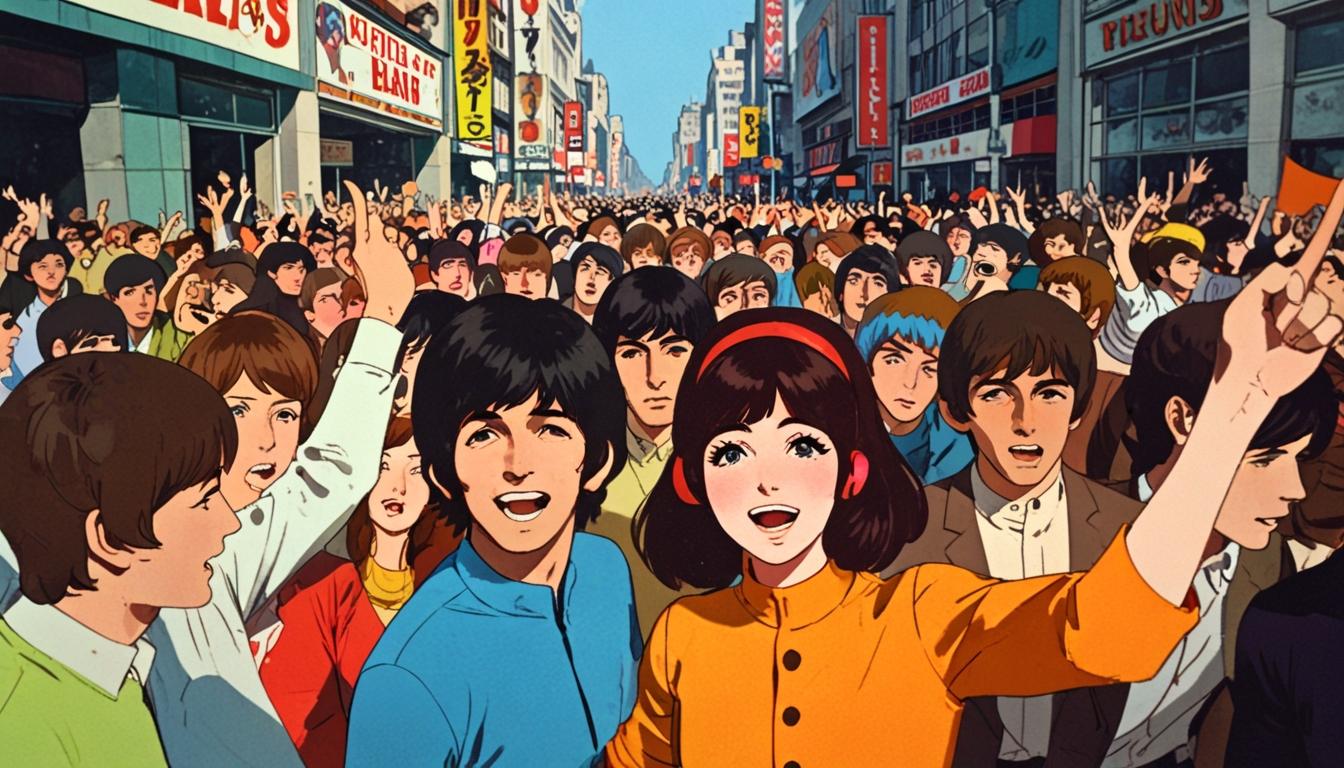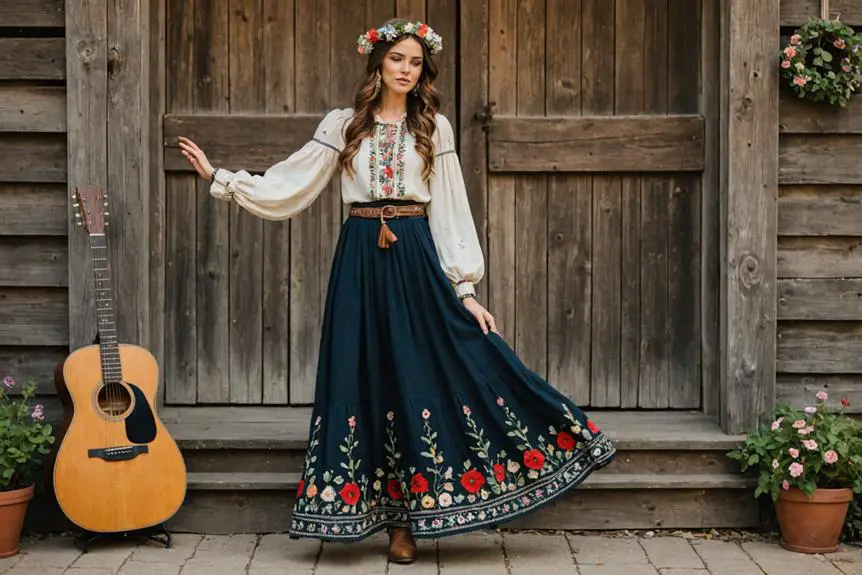A significant shipment of Beatles wigs and merchandise in 1964 marked the beginning of ‘Beatlemania’ and transformed the relationship between musicians and their fans.
On February 19, 1964, a notable shipment of Beatles merchandise made its way from the United Kingdom to the United States, marking a significant moment in the history of music merchandising. This shipment, weighing over 1,000 pounds, primarily included wigs designed to replicate the iconic hairstyle of the band, enabling fans to emulate the distinctive look of the Beatles.
The cultural landscape in the United States had changed dramatically just days before this shipment. On February 9, 1964, the Beatles made their much-anticipated debut on The Ed Sullivan Show, reaching an audience of over 70 million viewers. This performance, which showcased their hit single “I Want to Hold Your Hand,” is recognized as a pivotal moment that sparked “Beatlemania” across the country. Before this, the Beatles had not yet gained substantial traction in the U.S. music charts, evidenced by their earlier single “Please Please Me,” which failed to make a significant impact.
The importance of this shipment extends beyond just the wigs; it also included other merchandise such as buttons and bumper stickers, catering to a burgeoning fan base eager to associate themselves with the band. This move not only created new revenue streams for the Beatles but also set a precedent for how musicians would engage with their audiences through branded merchandise.
The Beatles’ innovative approach to merchandising was groundbreaking, as band branding and the sale of merchandise were not commonplace prior to their rise. Today, it is typical for bands to have merch tables at concerts and sell a variety of branded items online, a trend that has its roots in the marketing strategies employed by the Beatles during their ascent in the 1960s.
In an insightful moment, John Lennon addressed the phenomenon of fans imitating the Beatles by wearing their wigs during an interview. He noted, “They’re not imitating us because we don’t wear Beatle wigs,” highlighting the band’s unique position as trendsetters in both music and fashion, despite not adopting the merchandise themselves.
Overall, the shipment of Beatles wigs and other merchandise on this day in 1964 played a crucial role in shaping the relationship between bands and their fans, fundamentally transforming music culture and the way artists engage with their audiences.
Source: Noah Wire Services




